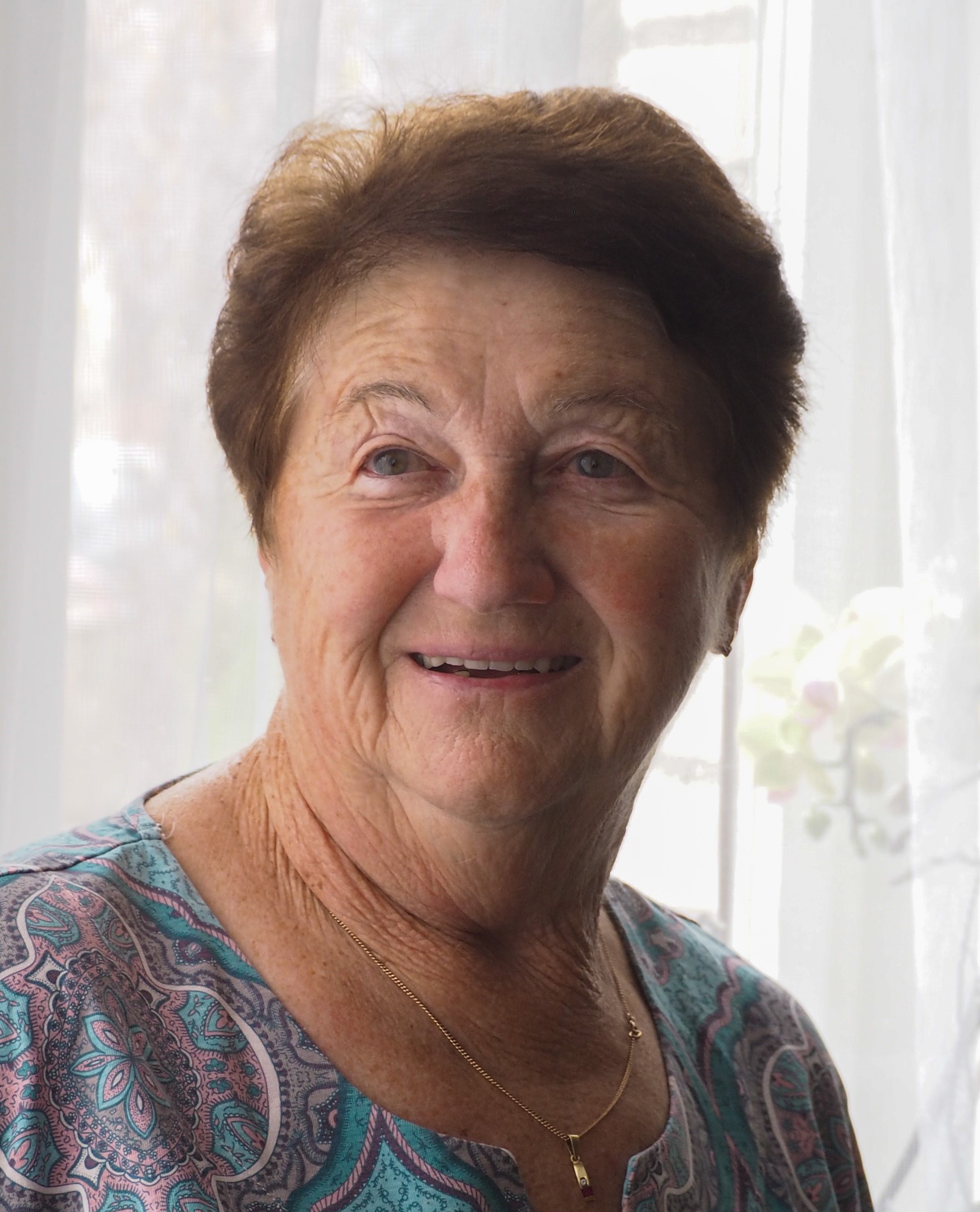You’re not gonna believe this, but I can still see that little town

Download image
Marie Vlková, née Končelová, was born on 2 October 1944 in Střítež. When the communists came to power after the war and started confiscating property from many people, Marie’s family did not escape nationalization. In 1951 they lost their sawmill and all their machinery. The regime did not stop causing them problems even later. Marie Vlková’s father wanted to buy a house in Dolní Kralovice, but the National Committee would not grant them permission for a long time. They were given decrees to move into the house of some neighbours, but their parents refused, so they were allocated one room in the house they wanted to buy. At the same time, the chairwoman of the housing committee denounced the mother for an anti-state statement, for which she should have gone to prison, but fortunately her sentence was lifted because she was pregnant. The father also avoided political punishment and eventually did not have to join the uranium mines for health reasons. However, his class background was the reason why Marie Vlková could not study what she wanted and had to train as a saleswoman. At the beginning of the 1960s, all the citizens of Dolní Kralovice were told that the Želivka dam would be built on the site of the village and that they had to move out. With heavy hearts, they left their home again and watched as it was razed to the ground and the whole village disappeared under the water. Although the new Dolní Kralovice was built on a different site, Marie Vlková and her family did not want to live there and settled in Červené Pečky. Marie Vlková got married before the move and she and her husband had two daughters. After the Revolution, her family was at least partially compensated financially in restitution for the property they had lost, and her mother was rehabilitated. At the time of filming in 2022, Marie Vlková was still living in Červené Pečky.
